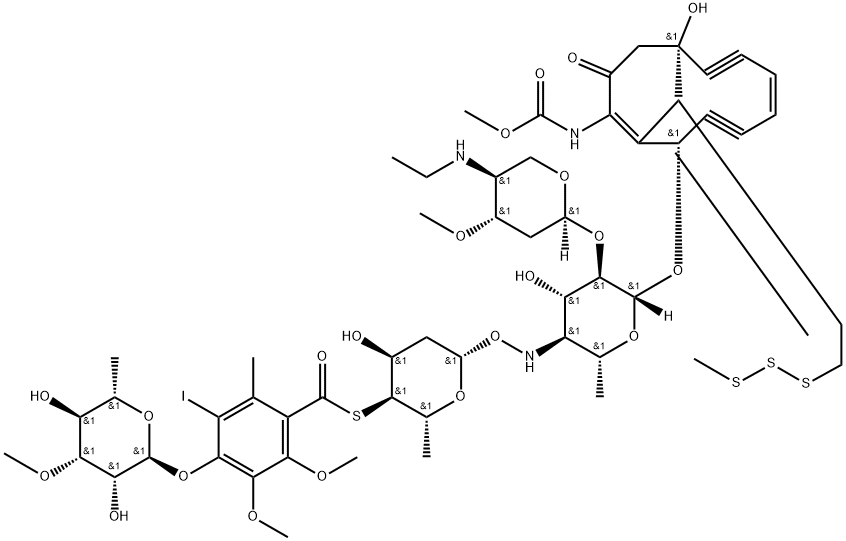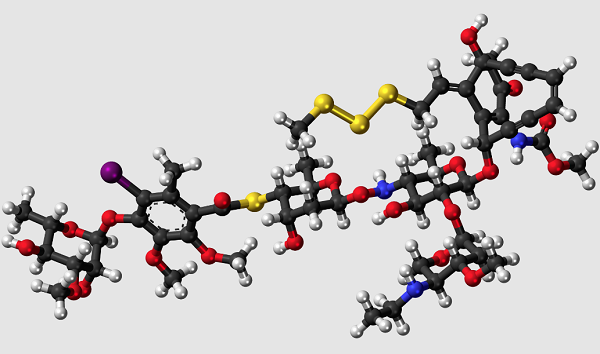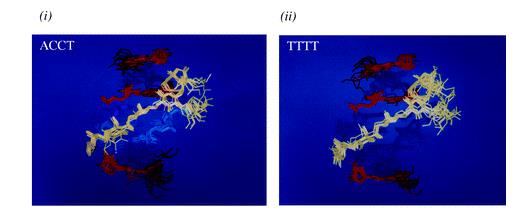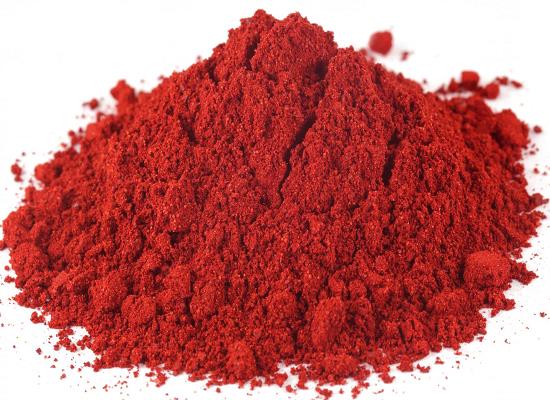Calicheamicin gamma1 Unveiled: Pathway from Microbial Marvel to Therapeutic Powerhouse
Introduction
Calicheamicin gamma1, a marvel of natural product chemistry, has emerged as a beacon of hope in the ongoing battle against cancer. Its discovery from the soil-dwelling bacterium Micromonospora echinospora spp. catechesis represented a seminal moment in antibiotic and anticancer research. Beyond its origin story, the significance of Calicheamicin gamma1 lies in its extraordinary ability to cleave DNA, a property that has been harnessed to develop highly targeted cancer therapies. For professionals in the field of chemistry, Calicheamicin gamma1 offers a fascinating study in the convergence of microbiology, organic chemistry, and pharmacology. Its journey from a microbial metabolite to a cornerstone of precision medicine underscores the untapped potential of natural compounds. As this article unfolds, we will explore the nuances of Calicheamicin gamma1's production, its mechanism of action, clinical applications, and the critical considerations surrounding its use, offering insights into its pivotal role in the advancement of therapeutic strategies[1].
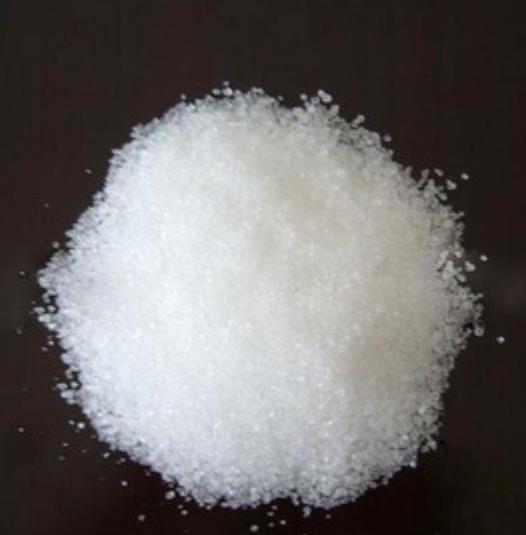
Figure 1 Characteristics of Calicheamicin
Production Method
The saga of Calicheamicin gamma1's production is a testament to the ingenuity of scientific research in overcoming natural constraints. Initially isolated from the rare bacterium Micromonospora echinospora, the compound's complex structure and the difficulty in harvesting it from natural sources posed substantial hurdles. Early efforts focused on isolating and culturing the bacterium, but yields were low, and the process was not feasible for large-scale production. The breakthrough came with advances in synthetic chemistry and genetic engineering, which enabled researchers to recreate the compound synthetically and modify its structure to enhance its therapeutic properties.
Semi-synthetic production methods have revolutionized the availability of Calicheamicin gamma1, making it more accessible for research and therapeutic use. These methods involve the combination of chemically synthesized portions of the molecule with those that are biologically produced, allowing for greater scalability and the ability to introduce modifications aimed at optimizing its pharmacokinetic and pharmacodynamic profiles.
Pharmacological Action
The pharmacological prowess of Calicheamicin gamma1 is rooted in its remarkable ability to target and cleave DNA within cancer cells with unprecedented precision. This targeted mechanism of action is achieved through the compound's binding to the minor groove of DNA, where it then undergoes a transformation that allows it to cleave the DNA strands. The result is the induction of apoptosis in cancer cells, a process that is both highly efficient and selective, sparing normal cells from damage. This specificity is particularly advantageous in the treatment of cancers where traditional chemotherapy's collateral damage to healthy tissues is a significant concern.
The efficacy of Calicheamicin gamma1 is further enhanced when it is conjugated with monoclonal antibodies that direct the compound to specific cancer cells, reducing the risk of systemic toxicity.
Usage and Dosage
The clinical application of Calicheamicin gamma1, particularly in the form of antibody-drug conjugates (ADCs), has opened new avenues for cancer treatment. Its use has been primarily focused on hematological malignancies, where it has shown significant efficacy in targeting and eradicating cancer cells. The determination of the optimal dosage and administration route for Calicheamicin gamma1 involves a complex interplay of factors, including the type and stage of cancer, patient-specific variables, and the therapeutic regimen's intended outcome.
Contraindications
Despite its therapeutic potential, Calicheamicin gamma1 is not suitable for all patients or in all situations. Its potent mechanism of action means that its use must be carefully considered, with attention to potential contraindications and side effects. Contraindications include certain pre-existing conditions, such as liver or kidney dysfunction, which may be exacerbated by treatment with Calicheamicin gamma1. Additionally, the risk of adverse interactions with other medications necessitates a thorough review of the patient's current drug regimen before initiating treatment[2].
This section outlines the critical considerations for the safe use of Calicheamicin gamma1, highlighting the importance of comprehensive patient evaluation and risk assessment to maximize therapeutic benefits while minimizing potential harm.
References
[1]Walker S, Landovitz R, Ding W D, et al. Cleavage behavior of calicheamicin gamma 1 and calicheamicin T[J]. Proceedings of the National Academy of Sciences, 1992, 89(10): 4608-4612.
[2]Myers A G, Cohen S B, Kwon B M. A study of the reaction of calicheamicin. gamma. 1 with glutathione in the presence of double-stranded DNA[J]. Journal of the American Chemical Society, 1994, 116(4): 1255-1271.
You may like
Related articles And Qustion
See also
Lastest Price from Calicheamicin manufacturers
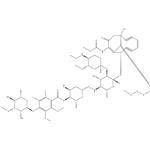
US $8.00-1.00/kg2024-04-05
- CAS:
- 108212-75-5
- Min. Order:
- 1kg
- Purity:
- 99%
- Supply Ability:
- g-kg-tons, free sample is available
